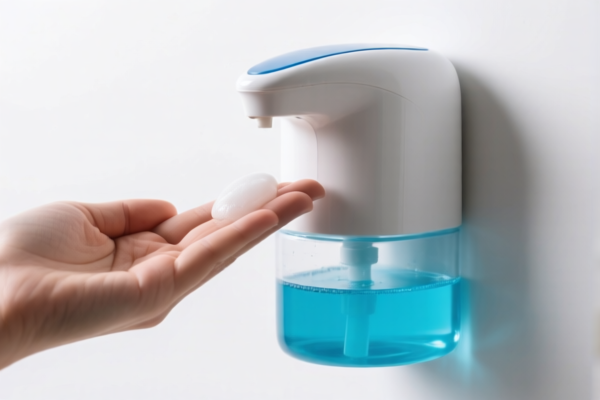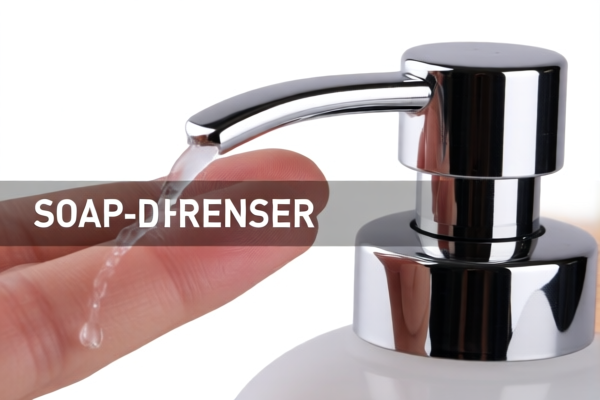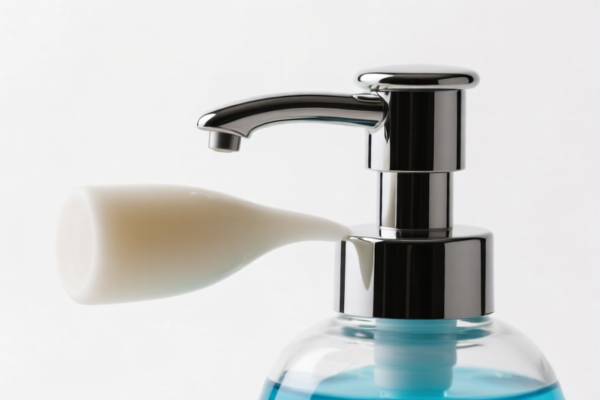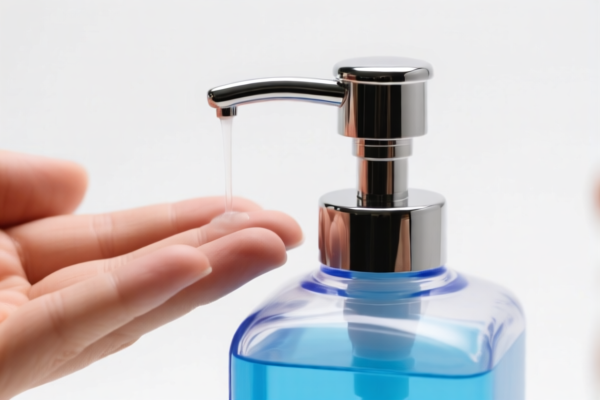| HS Code | Official Doc | Tariff Rate | Origin | Destination | Effective Date |
|---|---|---|---|---|---|
| 3924104000 | Doc | 33.4% | CN | US | 2025-05-12 |
| 7323999030 | Doc | 83.4% | CN | US | 2025-05-12 |
| 7010905055 | Doc | 55.0% | CN | US | 2025-05-12 |




Okay, let's break down the HS codes and tax implications for your declared items. I'll provide a structured analysis to help you understand the classification and potential costs.
Understanding HS Codes – A Quick Primer
HS codes (Harmonized System codes) are internationally standardized codes used to classify traded products. They're crucial for determining tariffs, trade regulations, and statistical tracking. Here's a general idea of how they're structured:
- First 2 Digits: Indicate the Chapter – broad category of the product.
- First 4 Digits: Indicate the Heading – a more specific grouping within the Chapter.
- First 6 Digits: Indicate the Subheading – even more detailed classification.
- Further Digits: Country-specific codes for even greater detail (not always used).
1. SOAP DISPENSER – HS Code: 3924.10.40.00
- Chapter 39: Plastics and articles thereof. This tells us the item is made of plastic.
- Heading 3924: Tableware, kitchenware, other household articles and hygienic or toilet articles, of plastics. This narrows it down to plastic household items.
- Subheading 3924.10: Tableware and kitchenware. Specifically plastic tableware and kitchenware.
- 3924.10.40.00: Other. This is a residual category for plastic tableware and kitchenware not specifically listed elsewhere.
Tax Implications:
- Basic Duty: 3.4%
- Additional Duty: 0.0%
- Post April 2, 2025: Additional Duty increases to 30%.
- Total Tax: Currently 33.4%. This will increase to 63.4% after April 2, 2025.
Important Notes:
- Material Confirmation: Double-check that the soap dispenser is entirely made of plastic. If it contains metal parts (e.g., a metal pump mechanism), the classification might change, and so will the tax rate.
- Certification: Depending on the destination country, you might need certifications related to food contact safety if the dispenser is used for liquids that come into contact with food or beverages.
2. SOAP DISPENSER – HS Code: 7323.99.90.30
- Chapter 73: Iron or steel articles. This indicates the item is made of iron or steel.
- Heading 7323: Table, kitchen or other household articles and parts thereof, of iron or steel.
- Subheading 7323.99: Other. This is a residual category for iron or steel household items not specifically listed elsewhere.
- 7323.99.90.30: Kitchen or tableware suitable for food or drink contact.
Tax Implications:
- Basic Duty: 3.4%
- Additional Duty: 25.0%
- Post April 2, 2025: Additional Duty increases to 30% (and potentially applies to steel/aluminum products).
- Total Tax: Currently 83.4%. This will increase to 113.4% after April 2, 2025.
Important Notes:
- Material Confirmation: Verify the exact composition of the soap dispenser. Is it primarily iron or steel? The presence of other materials could change the HS code.
- Food Contact: Since this code specifies "suitable for food or drink contact," ensure the material is appropriate for that purpose.
- Steel/Aluminum: Be aware of the potential additional duty increase on steel/aluminum products after April 2, 2025.
3. SOAP DISPENSER – HS Code: 7010.90.50.55
- Chapter 70: Glass and glass articles. This indicates the item is made of glass.
- Heading 7010: Carboys, bottles, flasks, jars, pots, vials, ampoules and other containers, of glass.
- Subheading 7010.90: Other containers (with or without their closures).
- 7010.90.50.55: Of a capacity not exceeding 0.118 liter.
Tax Implications:
- Basic Duty: 0.0%
- Additional Duty: 25.0%
- Post April 2, 2025: Additional Duty increases to 30%.
- Total Tax: Currently 55.0%. This will increase to 85.0% after April 2, 2025.
Important Notes:
- Capacity Check: Confirm the capacity of the soap dispenser is indeed not exceeding 0.118 liter. If it's larger, a different HS code will apply.
- Glass Type: The type of glass (e.g., borosilicate, soda-lime) might be relevant for certain regulations.
Recommendations:
- Material Verification: Crucially, double-check the exact materials used in each soap dispenser. This is the most important factor in determining the correct HS code.
- Capacity Measurement: For the glass dispenser, accurately measure the capacity.
- Destination Country Regulations: Research the specific import regulations of the destination country. This will help you identify any required certifications, labeling requirements, or other compliance issues.
- Post-April 2, 2025 Duty Changes: Be prepared for the increased additional duties after April 2, 2025.
- Consult a Customs Broker: If you're unsure about any aspect of the classification or import process, it's always best to consult a qualified customs broker in the destination country. They can provide expert guidance and help you avoid potential delays or penalties.
I hope this detailed analysis is helpful! Let me know if you have any other questions.
Customer Reviews
No reviews yet.